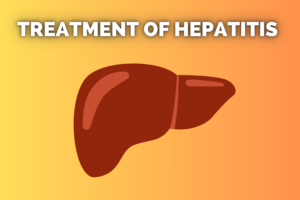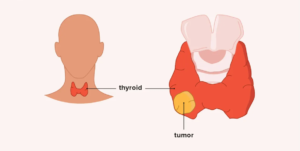Presence of Phytochemical Substances in Fruits and Vegetables

Significance of fruits and vegetables
Vegetables and fruits have been an integration addition to a human’s diet for a long time now, and it has garnered a widespread of benefits to grooming the wellbeing of a human. With the growing trend of fast food and junk food, the consumption of vegetables and fruits has been minimized significantly, and it has resulted in a poor diet consumed by an individual.
Fruits and vegetables contain a diverse set of nutrient properties—which are further categorized on the level of phytochemicals substances in them. Phytochemical substances are known as bioactive compounds which consist of vitamins, phenolic acid, carotenoids, and flavonoids, and these components constitute to form an anti-oxidant capacity which combats non-transmissible diseases that could be branched to diabetes, high cholesterol, cardiovascular risks, and high blood pressure.
Phytochemicals as a component in fruits and vegetables
Initially, Phytochemicals substances were introduced to monitor and control certain herbal standards, and phytochemicals are derived from the components of the plants. While plants serve as a primary source for phytochemical substances—fruits and vegetables contribute to providing refined phytochemical substances which are also found in tea and grains in minute traces. Given that a majority of fruits and vegetables contain a traceable amount of phytochemical components—these substances are categorized into thousand groups, and each group constitutes to provide its key benefits.
Phytochemical substances are rich in anti-oxidants, and they play a vital role in preventing cell damage from free radicals, and they are also enriched with vitamin C and E. It is notable that phytochemical compounds also consist of flavonoids, isothiocyanates, and indoles. These components are found in vegetables like cabbage, broccoli, red pepper, and soy in abundance.
Consuming fruits and vegetables for phytochemical substances
The most effective way to seek advantage from the phytochemicals is to consume fruits and vegetables. Also, phytochemicals could be taken in a supplementary format but, its benefits are outranked by the benefits provided by organic fruits and vegetables.
Consumption of fruits and vegetables in a moderate amount will provide you with the required dosage of phytochemicals. It should be noted that the type of phytochemical substances is dependent on the color of the fruit itself. For instance, the presence of lycopene gives fruits a red color, and carotenoids make fruits and vegetables look orange colored. Also, the presence of chlorophyll in green vegetables adds a green coloration to them.
The consumption of phytochemical substances in real or supplementary form may garner a number of benefits but, it should be taken in moderate amount. Taking phytochemical substances in excessive amount could have a detrimental impact on your health. If you want to maintain a healthy lifestyle to avoid the occurrence of diabetes, cardiovascular diseases, and high level of cholesterol—you should eat at least one apple a day.






